When did I last visit Copenhagen? December 2023
When was this article last updated? February 2025
Copenhagen is without a shadow of a doubt one of my favourite cities in Europe. I first visited in 2018 and knew straight away I’d be back. Low and behold, I returned in between Christmas and New Year in 2023 to spend time in this magical capital city. Denmark regularly scores as one of the world’s happiest countries and one day in this city will quickly tell you why!
Arriving in Copenhagen
Copenhagen Airport is located to the south east of the city centre but is very well connected to the city and to southern Sweden. Public transport in Denmark is of a very high standard and there will be an option for you if you are staying in Copenhagen. I personally prefer the Metro or train options, each taking 15-20 minutes to get to the city and choosing between them solely depends on where area you are staying in.
The Copenhagen Metro runs every few minutes from a building connected to Terminal 3. Line 2 connects the airport with key stations such as Kongens Nytorv, Nørreport and Frederiksberg. There are ticket machines on the platform at the airport.
Trains to Copenhagen and Malmö run from next to the arrivals hall of Terminal 3 – as soon as you walk out and look ahead past check-in, you will see ticket machines for the Danish and Swedish train companies. Trains run regularly to Copenhagen Central Station and beyond to Nørreport and Østerport.
Bus 5C runs from the Airport to the city centre. It costs the same as the train and metro, but takes around 35 minutes. Flixbus and other coach companies run from the airport to cities across Denmark and southern Sweden.
Taxis are easy to find at Copenhagen Airport but, like most things in Denmark, can be very expensive. Other online guides suggest the cost of a ride to the city is roughly between 250 and 350 Danish Kroner (£28-40, €33-47, $37-52 – as of September 2024).
Rental cars companies are found in the Car Rental Centre, located a short walk away from the terminals at Copenhagen Airport. If you are only exploring Copenhagen city or going to Malmö, there is no need for a rental car as public transport is so easy and affordable to use.


Getting around Copenhagen
The Copenhagen Metro has four lines and is by far the best way of getting around the city. Services are frequent, reliable and run 24 hours a day. Alongside the Metro, another useful train route is the S-Tog, run by the Danish State Railway, which runs through various stations around the centre of Copenhagen and out into the suburbs. City Pass travelcards for tourists are available for between 24 and 120 hours validity (more information can be found here – https://dinoffentligetransport.dk/en/find-tickets/day-tickets/city-pass). I used the City Pass Small for my trip and covered all my travel to the tourist areas of the city. Public transport is also included with the Copenhagen Card (more about this later).


The other way to explore Copenhagen is to rent an e-scooter or to just get out and walk the streets of the city. Copenhagen is a very walkable city and often you can find yourself stumbling across some of its hidden gems. A good place to start any walking tour of Copenhagen with is the Strøget, one of Europe’s top pedestrian streets.
Things to do in and around Copenhagen
Tivoli Gardens
Tivoli Gardens is one of the oldest amusement parks in the world and its unique charm makes it like no other. I have visited Tivoli both in summer and at Christmas and never been disappointed. Even if theme parks and rollercoasters are not your thing, Tivoli still is a wonderful park just to walk around and explore. If they are your thing, you are in for a treat with a wide variety of rides and attractions. My personal favourite is the Star Flyer – at over 80 metres high, this carousel is one of the more unique and thrilling ways to see the heart of the city centre of Copenhagen. At Christmas, Tivoli puts on one of the best Christmas markets in the city, lighting up the skies with a thousands of Christmas lights and a water display. Tickets are based on a token system – you pay for entry to the park and then either pay for individual rides or buy an unlimited ride pass.
Vesterbrogade 3, 1630 København V






Nyhavn
Nyhavn is one of the most recognised locations in Denmark and one of my favourite places on the European continent. It is a picturesque city centre harbour with a buzzing atmosphere surrounded by colourful buildings, tourist boats and more. Prices are higher in the bars and restaurants surrounding Nyhavn, as is to be expected with any popular tourist spot. Despite this, Nyhavn is the perfect place to spend an evening, do some people watching and experience the true life and soul of Copenhagen.

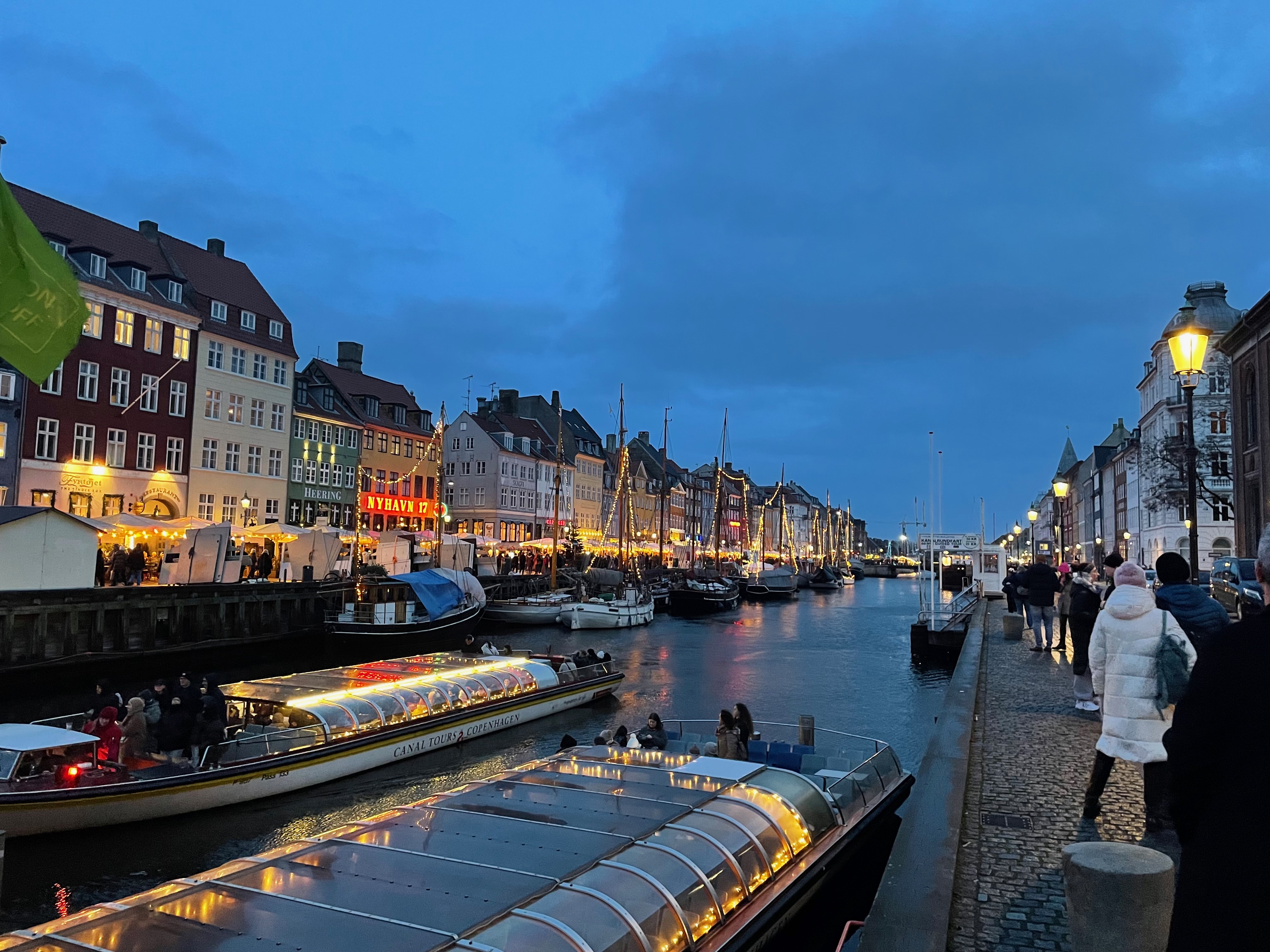
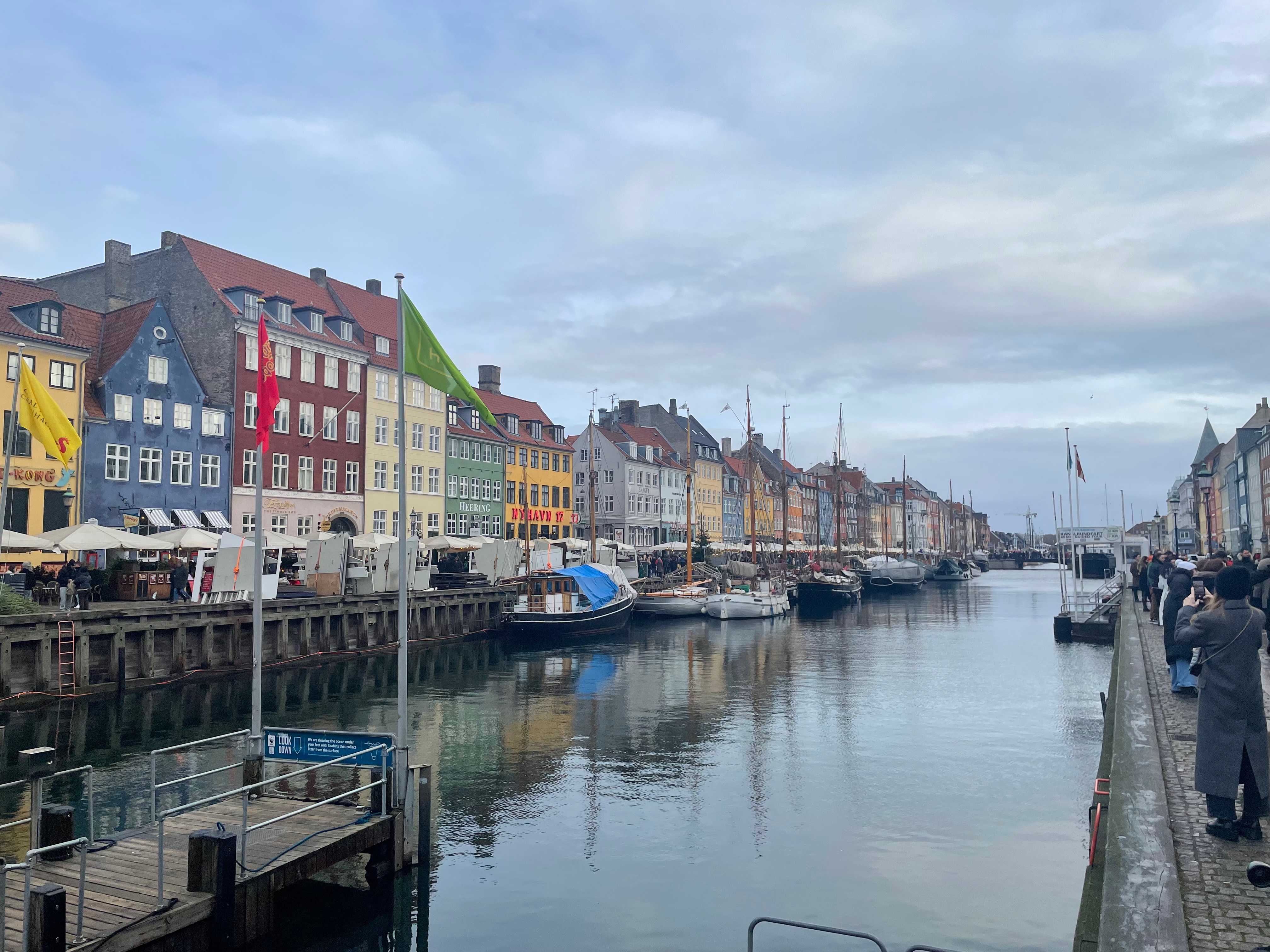

Kongens Nytorv and Magasin du Nord
Next to Nyhavn, you will find Kongens Nytorv (the King’s New Square). Surrounded by historic buildings such as the Royal Playhouse and the Hotel D’Angleterre, Kongens Nytorv is a hub for locals and tourists to meet. The cobbled square is a good spot to start any day out in Copenhagen, as the Metro station of the same name connects all four lines of the Copenhagen Metro.
One building to note on Kongens Nytorv is the Magasin du Nord, Copenhagen’s most well known department store, dating back to the 19th century and still popular with the Danes and tourists alike.



Strøget
Copenhagen’s most popular shopping street is the Strøget. Running from Kongens Nytorv through to Rådhuspladsen, this street has all the shops, cafes and bakeries you could need. There are also sights to enjoy along the way, such as the several squares you will go through (Amagertorv is my favourite!).
At the end of Strøget, you will come across Rådhuspladsen, home to Copenhagen’s City Hall and site of many public events. Surrounded by the historic buildings of the City Hall on one side and the busy thoroughfare of Hans Christian Andersen Boulevard on the other, Rådhuspladsen is the gateway to some of Copenhagen’s top attractions, cafes and restaurants, particularly with Tivoli Gardens, Copenhagen Central Station and the National Museum of Denmark just around the corner.
Rådhuspladsen 1, 1553 København


Christiansborg Palace
The Palace is home to the Danish Parliament, the Supreme Court and the Ministry of State – the only building in the world with all three branches of Government within it. Self guided tours of the Palace take you through lavish rooms and large and imposing hallways surrounded by historic artwork such as the Great Hall. The only downside is you have to wear some rather interesting footwear covers!
Prins Jørgens Gård 1, 1218 København





The Royal Library (also known as the Black Diamond)
The Royal Library is one of the most notable buildings on Copenhagen’s harbour front. Inside, the atrium leads into study areas and the library’s collections. Whilst usual library rules apply, you are able to have a look around the building. There is a cafe in the ground floor lobby and a viewing gallery on the sixth floor of the building.
Søren Kierkegaards Pl. 1, 1221 København K


Amalienborg
The Amalienborg palace complex is home to the Danish Royal Family consisting of four palaces with a public square in the middle. The Changing of the Guard takes place here at noon each day on the square between the palaces. I chose not to go inside to the museum, as I had already visited the Christiansborg Palace, but it is a spot worth visiting in the city to see the buildings and experience the Changing of the Guard.
Amalienborg Slotsplads, 1257 København K
Copenhagen Opera House
Across the harbour from the waterside Playhouse is Copenhagen Opera House, home to the Royal Danish Opera. Whilst I visited the building for the architecture (which certainly is unique), there are regular tours of the building available and, of course, the opera itself.
Ekvipagemestervej 10, 1438 København K

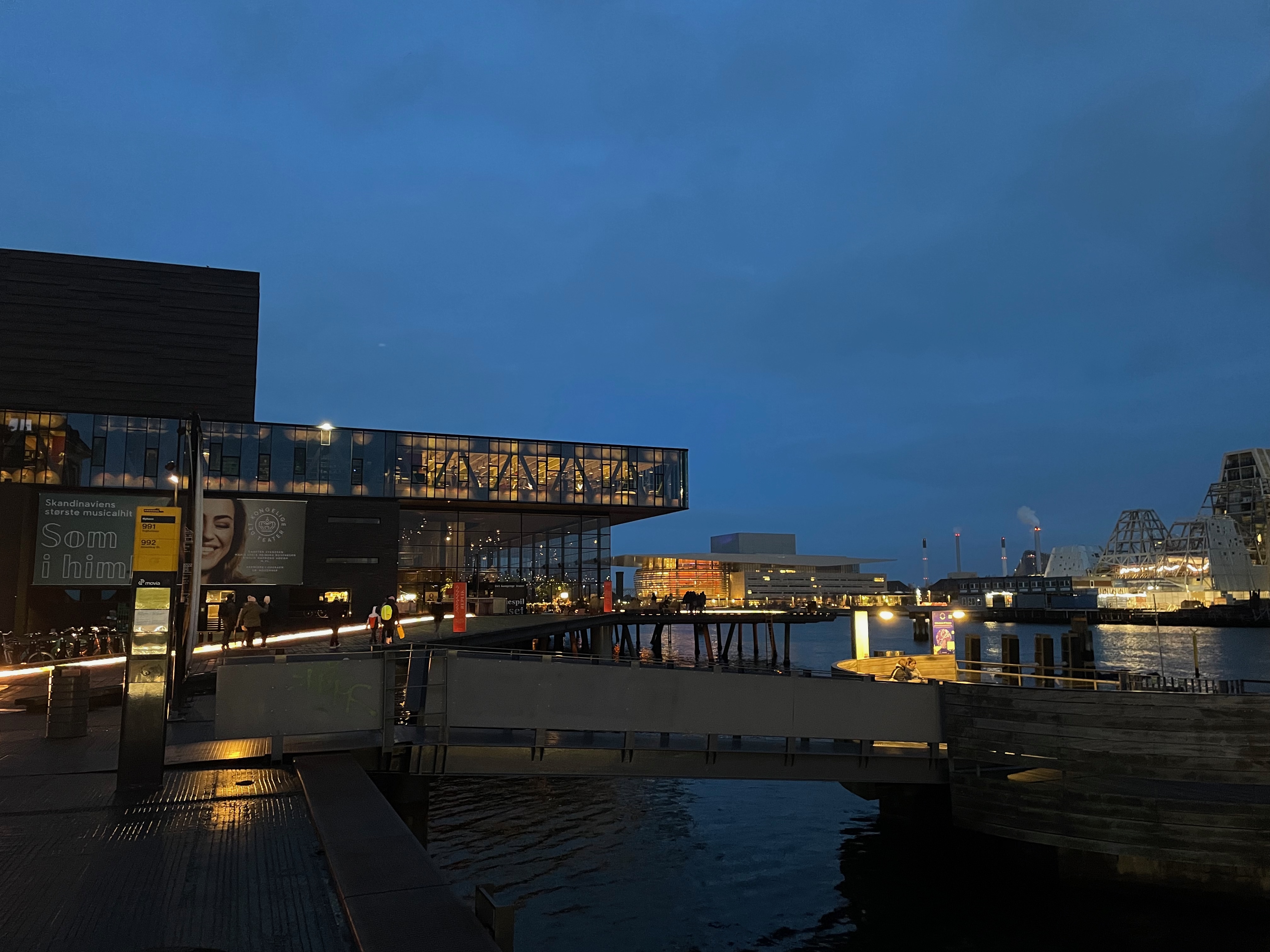
Rundetårn
This 17th century tower and observatory offers a fantastic view right in the heart of historic Copenhagen. Instead of the usual staircase, the tower has a large continuous circular ramp up to the top, with a small museum part-way on the Observatory’s scientists. It can be a tiresome walk up on an uneven surface but the view is worth the exercise! At the top, you can see a 360 degree view of Copenhagen. This is worth visiting early as it isn’t so enjoyable when it is busy!
Købmagergade 52A, 1150 København

Carlsberg Visitor Centre
At the Carlsberg Visitor Centre, located west of Copenhagen city centre, you can take a self guided tour exploring the history of the beer, the site and the Jacobsen family. The tour itself takes around 1-2 hours and is well worth the money. My particular highlights included the large gallery of different Carlsberg beers and others during the tour, and the end of the tour, where you can enjoy a free beer in the Carlsberg Bar. An adult ticket costs 210 Danish Kroner and can be pre-booked online at www.homeofcarlsberg.com.
Gamle Carlsberg Vej 11, 1799 København



Visit Copenhagen has a good guide on all the things you can get up to across the city – their website is www.visitcopenhagen.com
Where to eat in Copenhagen
Copenhagen has a lively restaurant scene and strong coffee culture, with an endless number of bakeries to tempt you on your journeys around the city.
My favourite Danish bakery chain is Lagkagehuset (if you’re from the UK, you may know the Ole and Steen chain, part of the same company). I would highly recommend a visit at some point during your trip to enjoy their range of pastries and hot drinks. You won’t struggle to find one in the city, with their trademark windows full of Danish pastries and bread.
If you are visiting Tivoli Gardens and feel a bit peckish, Tivoli Food Hall has a wide variety of different cafes and restaurants to offer with cuisine from Denmark and across the world.
For the more selective eater, Pico Pizza is a good option for a cosy Italian restaurant which can be found across the city. I visited the Nørrebro restaurant, trying their Trio offer where you can select three mini sourdough pizzas, and can highly recommend this to anyone.
If you are not too worried about eating out and more budget focussed, 7-Eleven can be your best friend. Stores can be found within a short walk of most places, with a good range of hot food to takeaway, including hot dogs which they are well known for.
Copenhagen has lots of local beers to offer, including many craft beers. The most well known brands are Carlsberg and Tuborg, with Mikkeller and To Øl also popular in restaurants. I don’t have a favourite Danish beer, as they are all of very high quality.

Where to stay in Copenhagen
I chose to stay at the Scandic Kødbyen on Skelbækgade in Copenhagen’s Meatpacking District.
Scandic Hotels have a number of hotels across Copenhagen, Denmark and Scandinavia from budget to luxury and I have always found them to represent good value. Their website often has ‘member-only’ deals which can be cheaper than other price comparison websites. (it’s free to register). Breakfast is included with your hotel stay at many of their hotels, but it is always worth a check.


The other hotels that I have considered for various trips to Copenhagen include:
CitizenM Copenhagen Rådhuspladsen
CityHub Copenhagen
Wakeup Copenhagen (a chain with several hotels in the city)
AC Hotel Bella Sky Copenhagen
Fancy a day trip to Sweden?
The city of Malmö, Sweden’s third largest city, is located a short train ride across the stunning Øresund Bridge and can be a good day out if you want a day away from Copenhagen.
The Öresundståg train service runs every 20 to 30 minutes from Copenhagen Central Station and Copenhagen Airport to Malmo Central. You will need your passport, as currently they are checked by Swedish Border Police on the train at Hyllie Station, the first stop into Sweden.
Visit Sweden does a good guide on the top tourist attractions in Malmö – https://visitsweden.com/where-to-go/southern-sweden/malmo/ – and I have put some pictures below of my previous visit to the city!



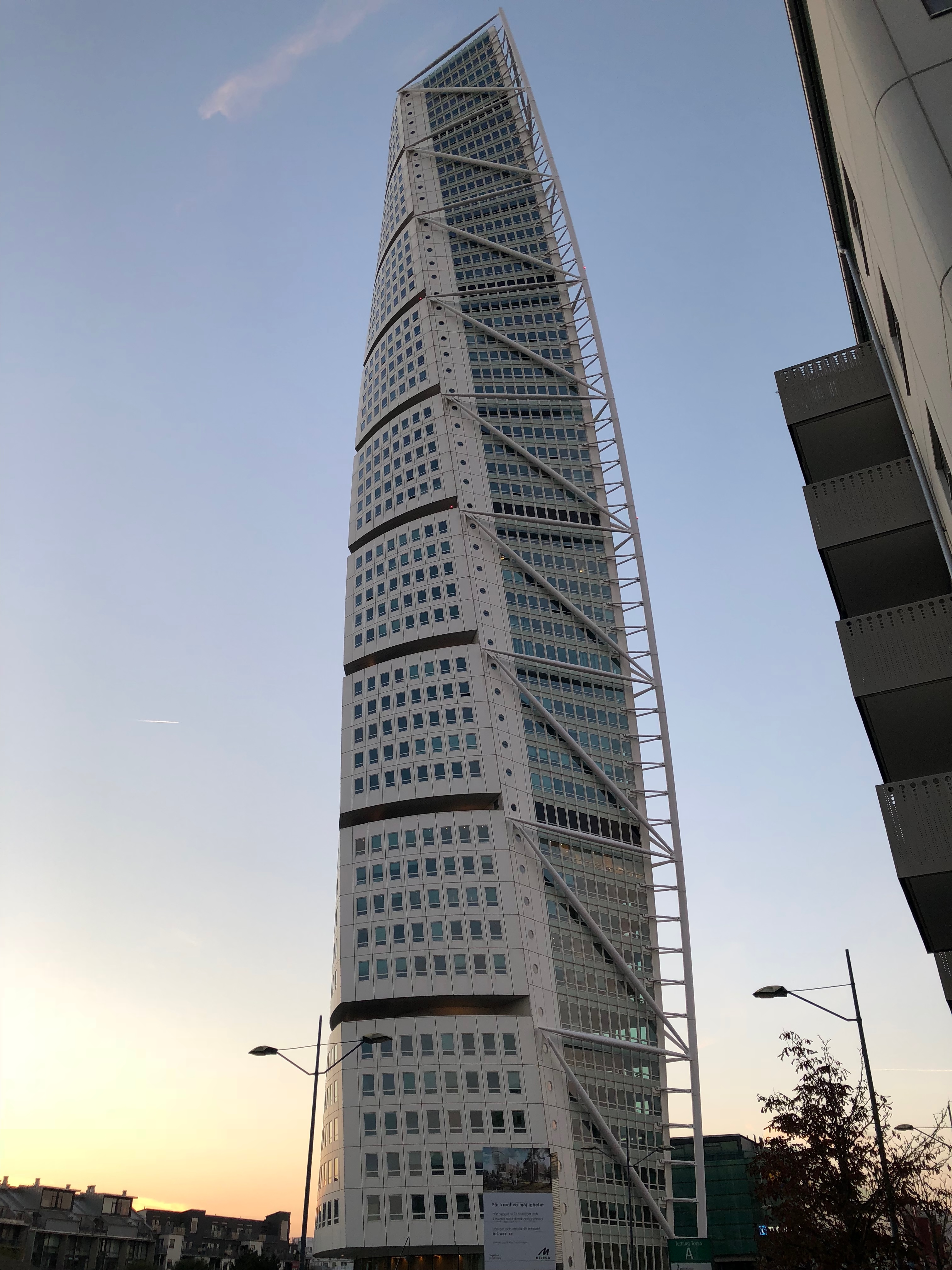
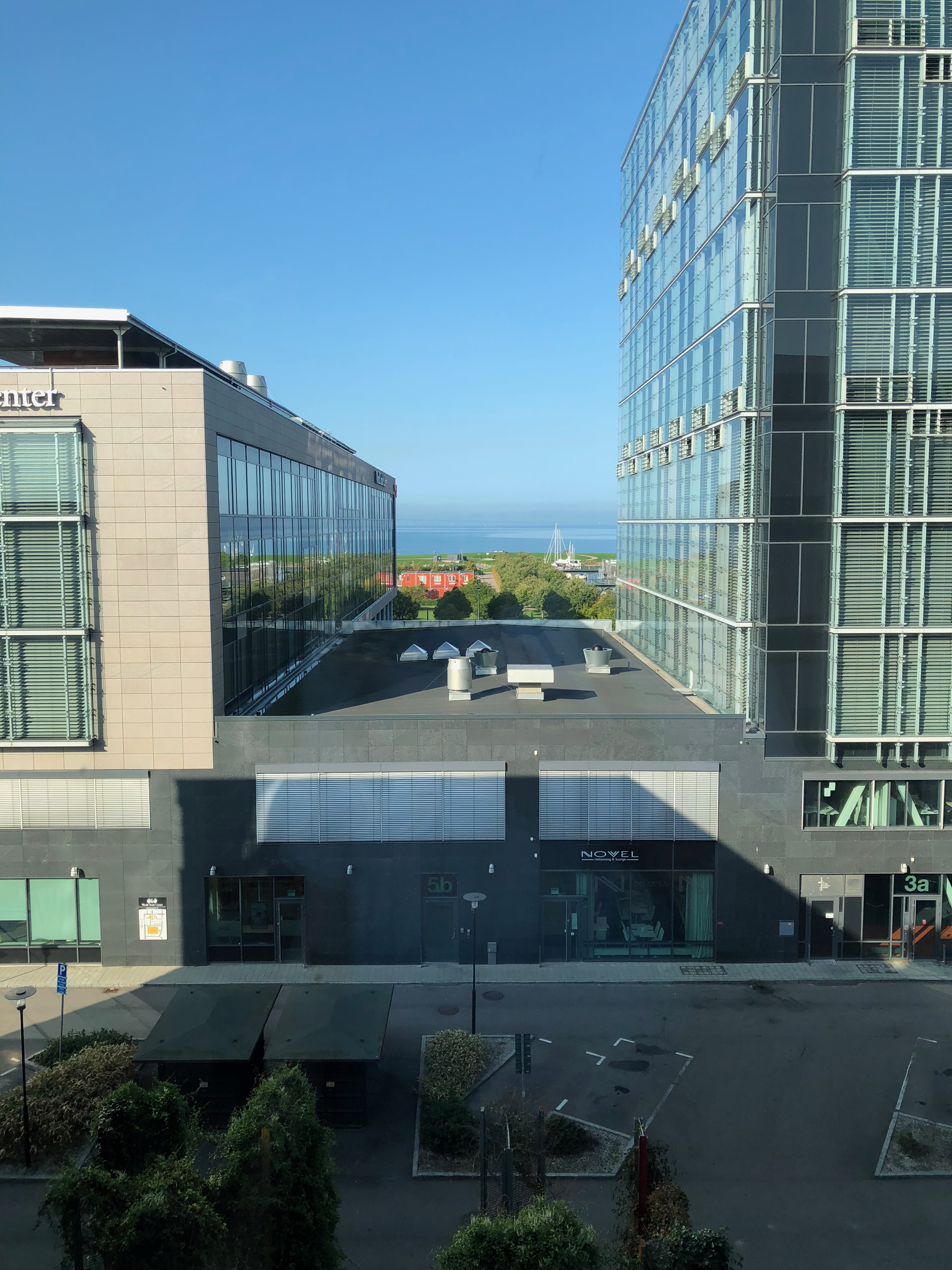

The budget
As of 2024, Copenhagen is regularly served from London by British Airways, Easyjet, Norwegian Air Shuttle, Ryanair and Scandinavian Airlines. Flights are available from almost all major European cities and hubs in North America.
I chose to fly with Scandinavian Airlines (SAS) on their Youth fares, available to those under 25 years of age. The cost of a return flight was £89 (€105, $117 – as of September 2024) but costs do vary. If you are under 26 years of age, it is also good to check Norwegian Air Shuttle’s Youth offers by putting ‘UNDER26’ into the promo code box on their website.
The hotel cost £227 (€269, $296 – as of Sept 2024) for three nights including breakfast. Like most places across Scandinavia, prices are generally higher than the rest of Europe and getting a hotel including breakfast can help to save on food costs.
For transport, I used a Copenhagen City Pass Small for 72 hours at the cost of 200 DKK (£22, €27, $29 – as of Sept 2024). This covered all of my transport around Copenhagen and to and from the Airport. If you don’t feel the Copenhagen Card is for you, this is a very suitable alternative.
The Copenhagen Card offers free entry to tourist attractions and public transport. I personally didn’t use the Card, as it wouldn’t represent value for money for my plans, but it could be useful for your trip. More details at www.copenhagencard.com.
This post contains affiliate links to trusted partners. If you purchase through these links, I earn a commission at no extra cost to you. Thank you!
